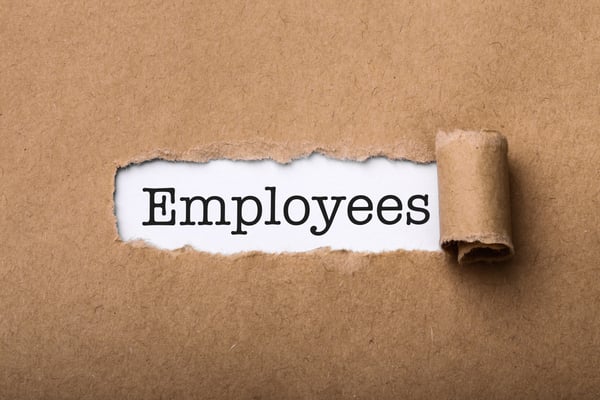 Employee Handbooks are a key tool for communicating company policies and promoting fairness and consistency in the workplace. But ever-evolving federal, state and local laws make routine handbook reviews and updates critical for employers.
Employee Handbooks are a key tool for communicating company policies and promoting fairness and consistency in the workplace. But ever-evolving federal, state and local laws make routine handbook reviews and updates critical for employers.
Employment laws are constantly changing, especially in the state of California.
Here are your 3 Key Updates for California Employee Handbooks in 2020.
1. The CROWN Act, SB 188
The “Create a Respectful and Open Workplace for Natural Hair” Act is meant to fight discrimination based on hairstyle and hair texture.
The bill revises the definitions of “race” to also include traits historically associated with race including hair texture and protective hairstyles, such as locks, braids, and twists.
Employee Handbook Impact - Update Dress Codes and Appearance Standards Policies.
2. Lactation Accommodation, SB 142
While there are already existing laws already required companies to provide employees with adequate time for lactation along with a private place to do so, these laws have been further defined under SB 142.
Employers must provide private space (other than the bathroom) from employees to express milk that
- Is in close proximity to the work area and shielded from view.
- Is safe, clean, and free from hazardous materials.
- Has a surface to place breast pump and place to sit.
- Has access to electricity.
Employers with fewer than 50 employees may seek an exemption from these requirements if compliance would pose an undue hardship. Employers would still have to accommodate lactation needs but may provide bathroom or other space.
Employee Handbook Impact - Employers must have a written policy (freestanding or included in employee handbook) and to distribute that policy upon hire and at the time of any relevant inquiry by an employee. Failure to comply with these provisions = failure to provide rest break under the labor code.
3. Expanded Organ-Donation, AB 1223
The existing law states that employers must provide a paid leave of absence (up to 30 days of paid leave in a 12-month period) to an employee who needs to leave for organ donation. The expanded law now requires the employer to provide an additional unpaid leave (up to 30 days of unpaid leave in a 12-month period).
Organ-donation leave doesn’t need to be taken in one block, and it doesn't run concurrently with leave provided under the federal Family and Medical Leave Act (FMLA) or the California Family Rights Act.
Employee Handbook Impact - Update Employee Benefits Policies


Leave a Comment